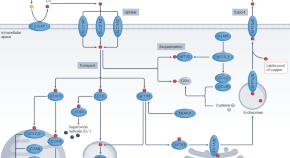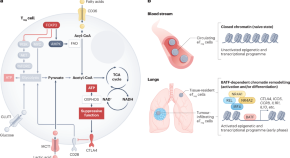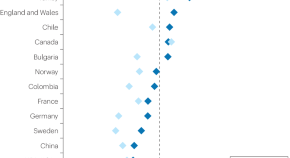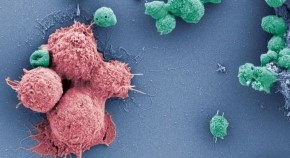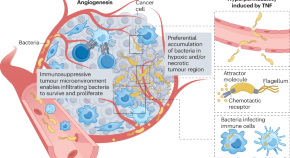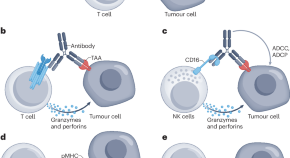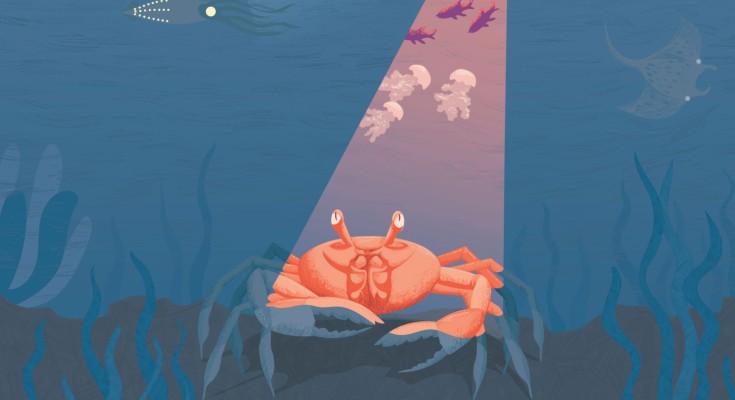

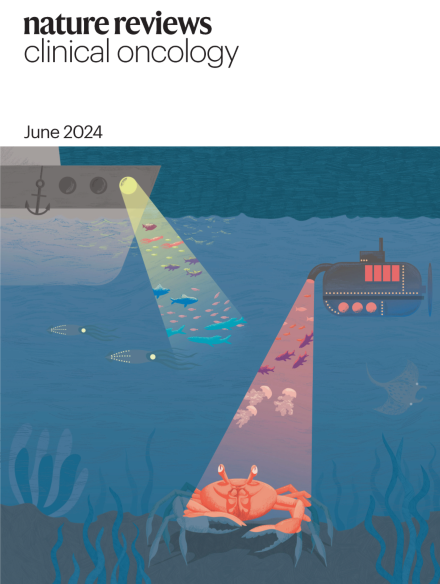
Advertisement
-
-

Towards equitable AI in oncology
Artificial intelligence (AI) has the potential to dramatically change several aspects of oncology including diagnosis, early detection and treatment-related decision making. However, many of the underlying algorithms have been or are being trained on datasets that do not necessarily reflect the diversity of the target population. For this, and other reasons, many AI tools might not be suitable for application in less economically developed countries and/or in patients of certain ethnicities. In this Perspective, the authors discuss possible sources of inequity in AI development, and how to ensure the development and implementation of equitable AI tools for use in patients with cancer.
-
-


